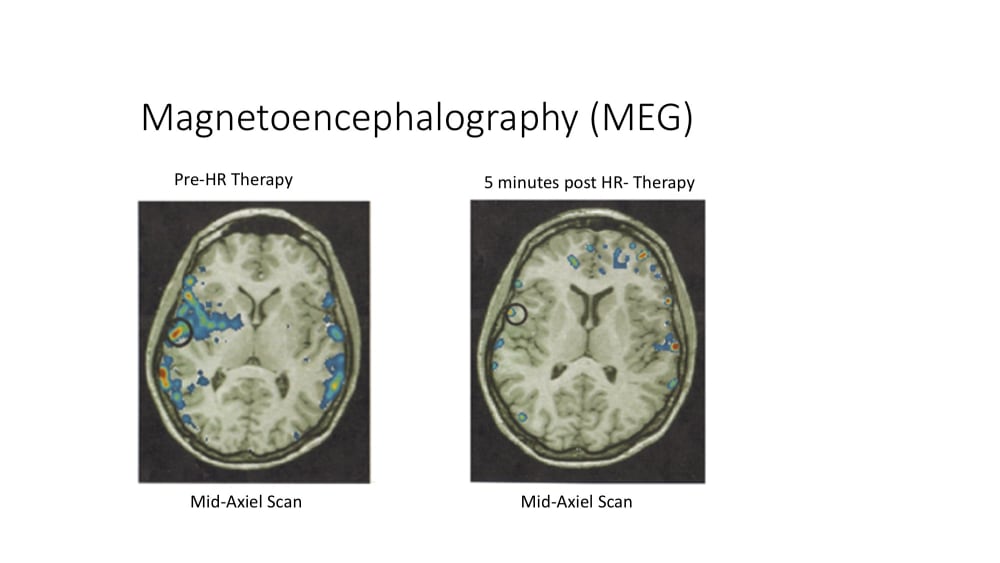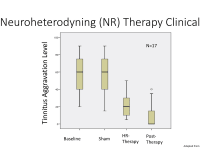Tinnitus is described as the perception of sound in the absence of real acoustic stimulation. Tinnitus may be perceived in one or both ears. Despite various theories, the cause is not fully understood. According to the American Tinnitus Association, over 45 million Americans struggle with tinnitus, making it one of the most common health conditions in the United States. In addition, nearly 20 million people are dealing with burdensome tinnitus on a regular basis, and approximately 2 million people are struggling with severe, sometimes debilitating, tinnitus. Specialists use a wide range of treatments, but none were found effective in all patients. The current Gold Standard for tinnitus therapy involves a behavioral therapy program that can be expensive, burdensome, and often underwhelming in terms of efficacy. The developer of this behavioral therapy, called Tinnitus Retraining Therapy (TRT), has noted that “it is important to stress that tinnitus is a physiological disorder of the auditory system.” In other words, tinnitus is a neurological disorder and any attempt to resolve tinnitus should take a neurological approach.
We developed the first-ever, cloud-based delivery and tracking therapy program called Neuro-heterodyning. Neuroheterodyning (NH) works to rearrange the afferent (up) auditory neural input chain to delete the faulty related efferent (down) response from the brain and thus removes or greatly reduces tinnitus. The central auditory system has a correlate in electronic circuitry both capable of heterodyning sounds. Soundwaves striking the eardrums are passed to the cochlea that converts waves into neurons (electricity). From there, the neurons from each cochlea crisscross through a series of synapses i.e. the superior olivary complex, medial geniculate body, et al, resulting in multiple feedback loops. It is here, among these loops, that NH reprograms the flow of neurons to cancel out the faulty tinnitus-causing messages sent to the brain. If any of these synapses are nonfunctional, the NH therapy works to restore the defective component. NH was validated in multiple research settings1 and a US Patent2. In one study, Magnetoencephalography (MEG) was carried out on a tinnitus sufferer and the resulting brain scans clearly show the initiation of neuronal restructuring following only 5 minutes of NH therapy (see images). The clinical results from this study showed a significant and clinically relevant reduction in the Tinnitus Aggravation Level in tinnitus subjects following HR therapy.
The NH tinnitus therapy would be marketed “over the counter” to tinnitus sufferers. After the initial purchase, the consumer will be directed to the online platform that will, with a simple user interface, do the initial diagnosis and an initial, patient-customized therapy session. The algorithm will automatically adjust the heterodyning sounds based on input from the consumer to begin the neuronal restoration leading to reduced and, over time, elimination of tinnitus. If the consumer is pleased with the therapy session, additional sessions can be purchased at reasonable prices.
- Dalton, et. al. Amer. Acad. Aud., Phoenix, 2016.
- US Patent #8,313,441, November 20, 2012.
Like this entry?
-
About the Entrant
- Name:Joe Griffin
- Type of entry:teamTeam members:Joe Griffin, Ph.D., Leslie Dalton, Ph.D., Katie Marler
- Patent status:patented





